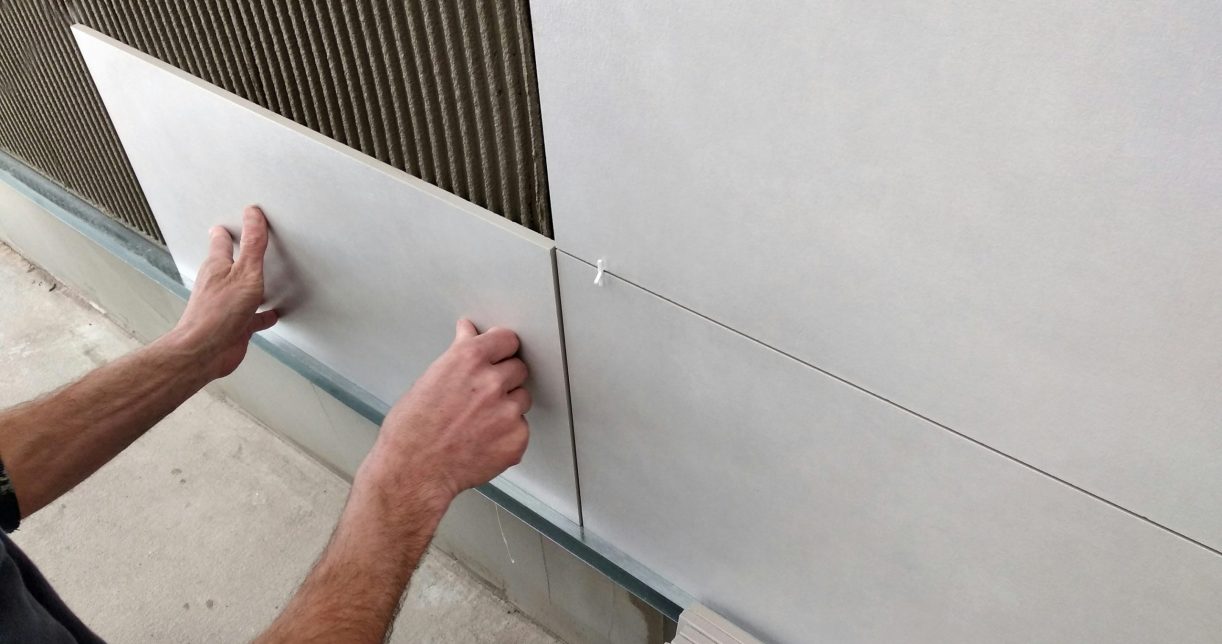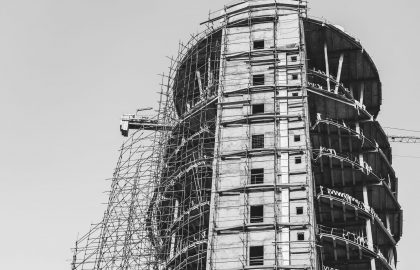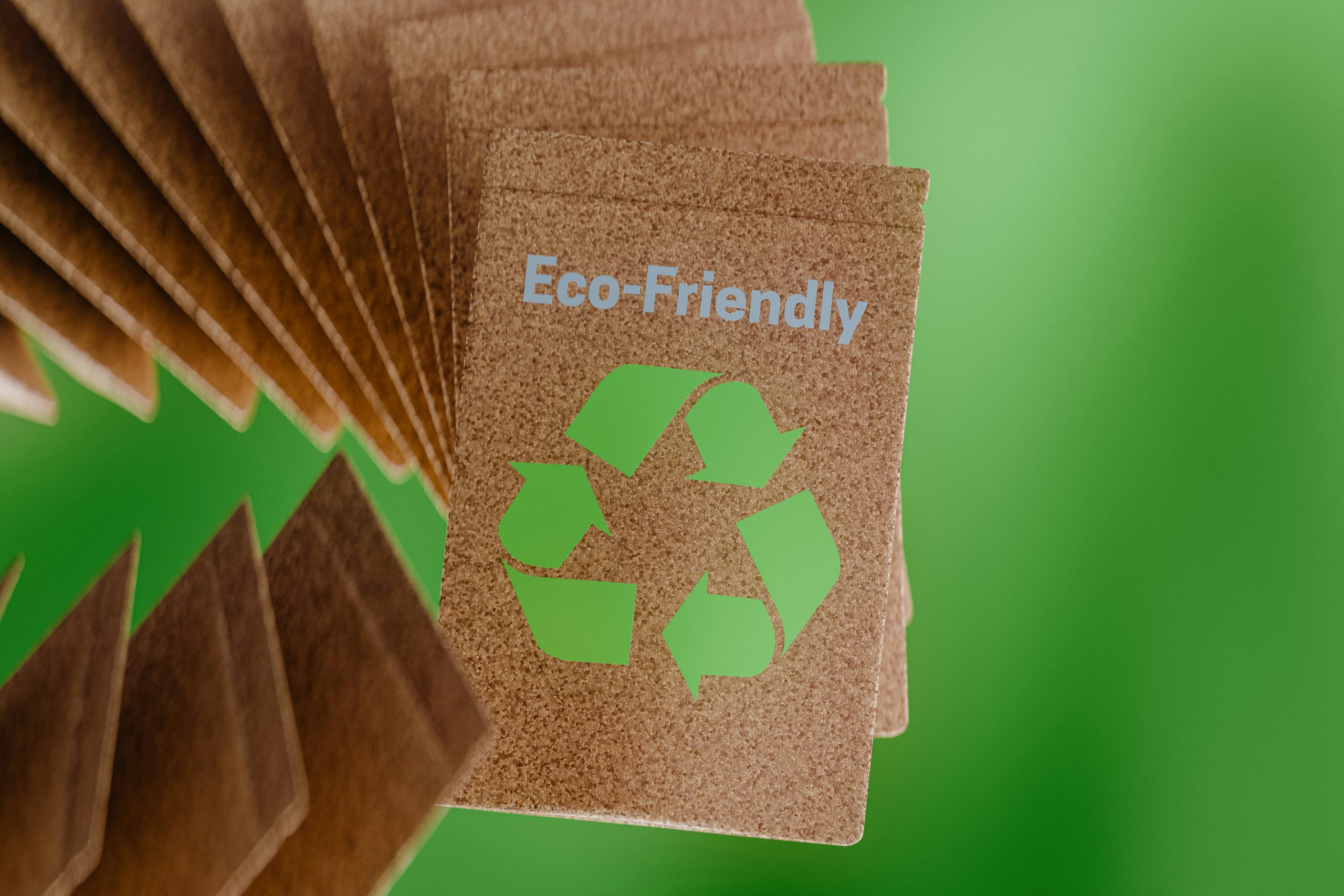
Hot Melt Adhesives for Attaching Waterproof Sheets
Hot melt adhesives have gained popularity in construction and interior design due to their versatility, strength, and quick setting times. Two key applications that benefit from the advanced properties of hot melt adhesives are attaching waterproof sheets (membrane sheets and cement) and tile fixation. These adhesives provide robust bonding solutions, ensuring durability and efficiency in both residential and commercial projects.
This blog explores how hot melt adhesives are transforming these applications, their advantages, and the best practices for their implementation.

Hot melt adhesives are revolutionizing construction practices, offering innovative solutions for attaching waterproof sheets and fixing tiles. Their strength, speed, and adaptability make them a preferred choice for professionals seeking reliable and efficient bonding methods.
By adopting these advanced adhesives, manufacturers and contractors can achieve superior results in waterproofing and tiling, ensuring durable and aesthetically pleasing structures for years to come.
The Role of Waterproof Sheets in Construction
Waterproof sheets, often used in roofing, basements, and wet areas like bathrooms, play a critical role in preventing water infiltration. These sheets are typically made from membranes such as bitumen, PVC, or rubber, and are bonded to substrates like cement or concrete.
Why Use Hot Melt Adhesives for Waterproof Sheets?
Hot melt adhesives provide a seamless and durable bond between waterproof membranes and cementitious surfaces. Their quick setting time and water-resistant properties make them ideal for this application.
Applications of Hot Melt Adhesives in Waterproof Sheet Attachment
- Roofing Systems:
- Secures membrane sheets to concrete roofs, ensuring a watertight seal.
- Resists UV exposure and extreme weather conditions.
- Basement Waterproofing:
- Bonds waterproof sheets to concrete walls and floors, protecting against groundwater infiltration.
- Ensures longevity in high-moisture environments.
- Wet Areas:
- Attaches waterproof membranes in bathrooms, kitchens, and laundry rooms.
- Provides a smooth surface for tiling or other finishes.
Advantages of Hot Melt Adhesives for Waterproof Sheet Bonding
- Strong Adhesion: Creates a long-lasting bond between non-porous membranes and rough cement surfaces.
- Flexibility: Allows the membrane to adjust to substrate movement, preventing cracking.
- Water Resistance: Enhances the waterproofing efficiency of the system.
- Quick Application: Speeds up the construction process by eliminating long curing times.
Hot Melt Adhesives for Tile Fixation
Tile Fixation in Modern Construction
Tile installation, whether for floors, walls, or decorative surfaces, requires precision and durability. Hot melt adhesives are increasingly being used as an alternative to traditional tile adhesives like mortar, thanks to their efficiency and adaptability.
How Hot Melt Adhesives are Used for Tile Fixation
- Ceramic Tile Installation:
- Bonds ceramic tiles to various substrates, including concrete, drywall, and wood.
- Ensures even adhesion across the tile surface.
- Glass and Mosaic Tiles:
- Provides clean and precise bonding for intricate patterns.
- Maintains the aesthetic appeal of transparent or translucent tiles.
- Outdoor Tile Applications:
- Withstands exposure to weather conditions, including rain and UV light.
- Secures tiles on patios, terraces, and facades.
Advantages of Hot Melt Adhesives in Tile Fixation
- Fast Bonding: Tiles can be installed and adjusted quickly, reducing labor time.
- Durability: Provides a strong, permanent bond that resists wear and tear.
- Versatility: Suitable for a variety of tile materials, including ceramic, glass, and stone.
- Temperature Resistance: Performs well in both indoor and outdoor settings.
Best Practices for Using Hot Melt Adhesives in These Applications
- Surface Preparation:
- Clean and dry the substrate to remove dust, grease, or moisture.
- Ensure surfaces are even and free from cracks or irregularities.
- Adhesive Application:
- Use a hot melt adhesive applicator for precise dispensing.
- Apply the adhesive evenly, covering the entire bonding area.
- Bonding Process:
- Press the waterproof sheet or tile firmly onto the adhesive to ensure full contact.
- Allow the adhesive to set before exposing the surface to stress or moisture.
- Environmental Considerations:
- Choose adhesives with high temperature and moisture resistance for outdoor applications.
- Opt for eco-friendly formulations to align with sustainable construction practices.
- Efficiency: Fast setting times reduce downtime and accelerate project completion.
- Durability: Provides long-lasting bonds that withstand environmental and mechanical stresses.
- Versatility: Adapts to different materials and surfaces, making it suitable for various applications.
- Aesthetic Appeal: Ensures a clean, seamless finish for both waterproofing and tile installation.
Cost-Effectiveness: Minimizes material waste and labor costs, offering a budget-friendly solution.
- Eco-Friendly Formulations: Increasing demand for low-VOC and biodegradable adhesives.
- Smart Adhesives: Development of adhesives with built-in sensors for monitoring bond integrity.
- Enhanced Performance: Improved resistance to extreme temperatures and chemical exposure.
- Custom Solutions: Tailored adhesives for specific applications, such as heated flooring or high-moisture environments.

